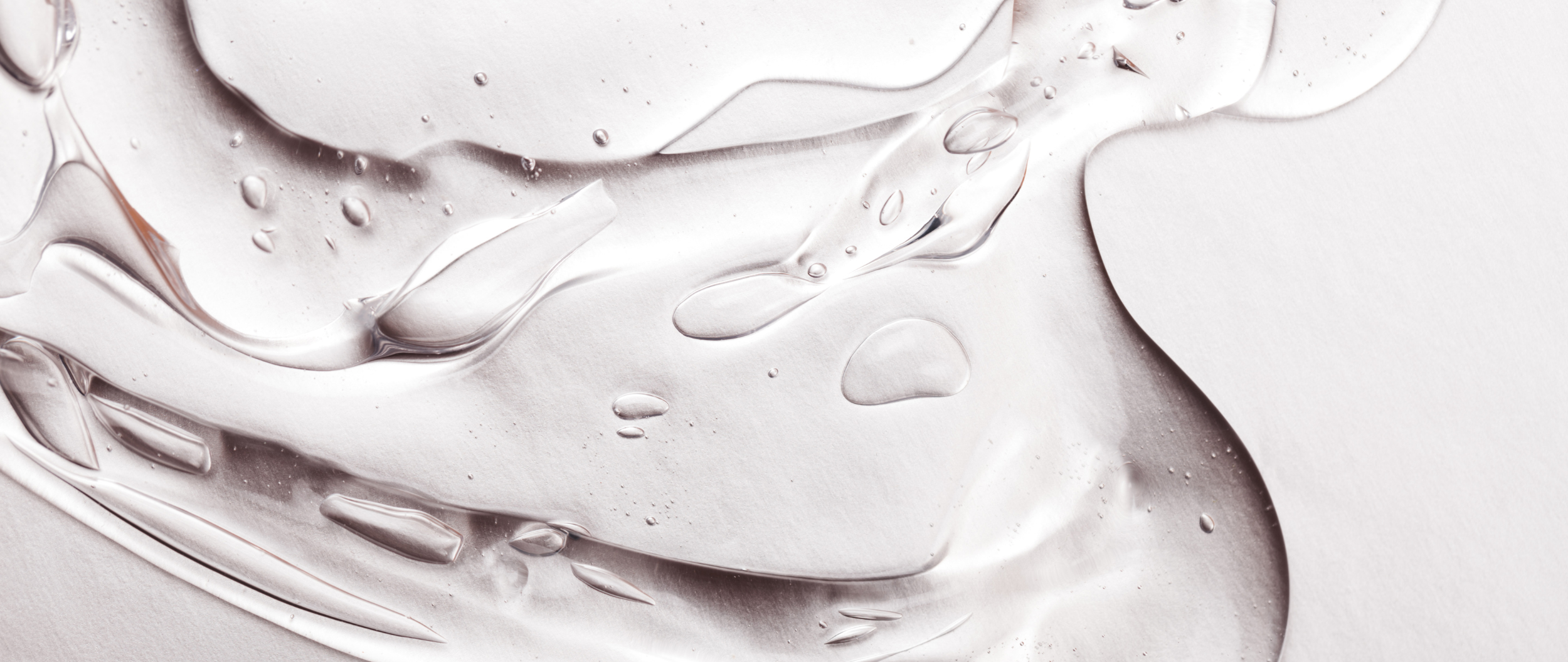The Science of ATP + Skin
ATP has been coined the “universal energy currency of life” and for good reason.
ATP, also known as Adenosine Triphosphate, is an important molecule that plays a key role in the functioning of all the cells of the body. For our skin, ATP is essential for nearly every aspect of skin health. This is because ATP is needed to produce every cell, protein, lipid, and DNA that composes the skin. Without ATP, every skin cell would become non-functional and die.
When we are young our skin is provided with a near perfect blood circulation that allows the skin cells to produce ATP. However, as we age the blood circulation to the skin decreases and the skin cells cannot produce sufficient levels of ATP. As a result, the proteins, lipids, and other essential parts of skin cells cannot be made as efficiently resulting in signs of aged skin such as wrinkles, fine lines, discoloration, and thinning of the skin. Because ATP can only be made by our skin cells, the underlying problem of restoring ATP levels in aged skin has not been addressed. Using our patented ATP delivery method, our technology helps to replenish these levels and promote healthy cell function, improving the overall health and appearance of your skin.
Role of ATP in Skin Health
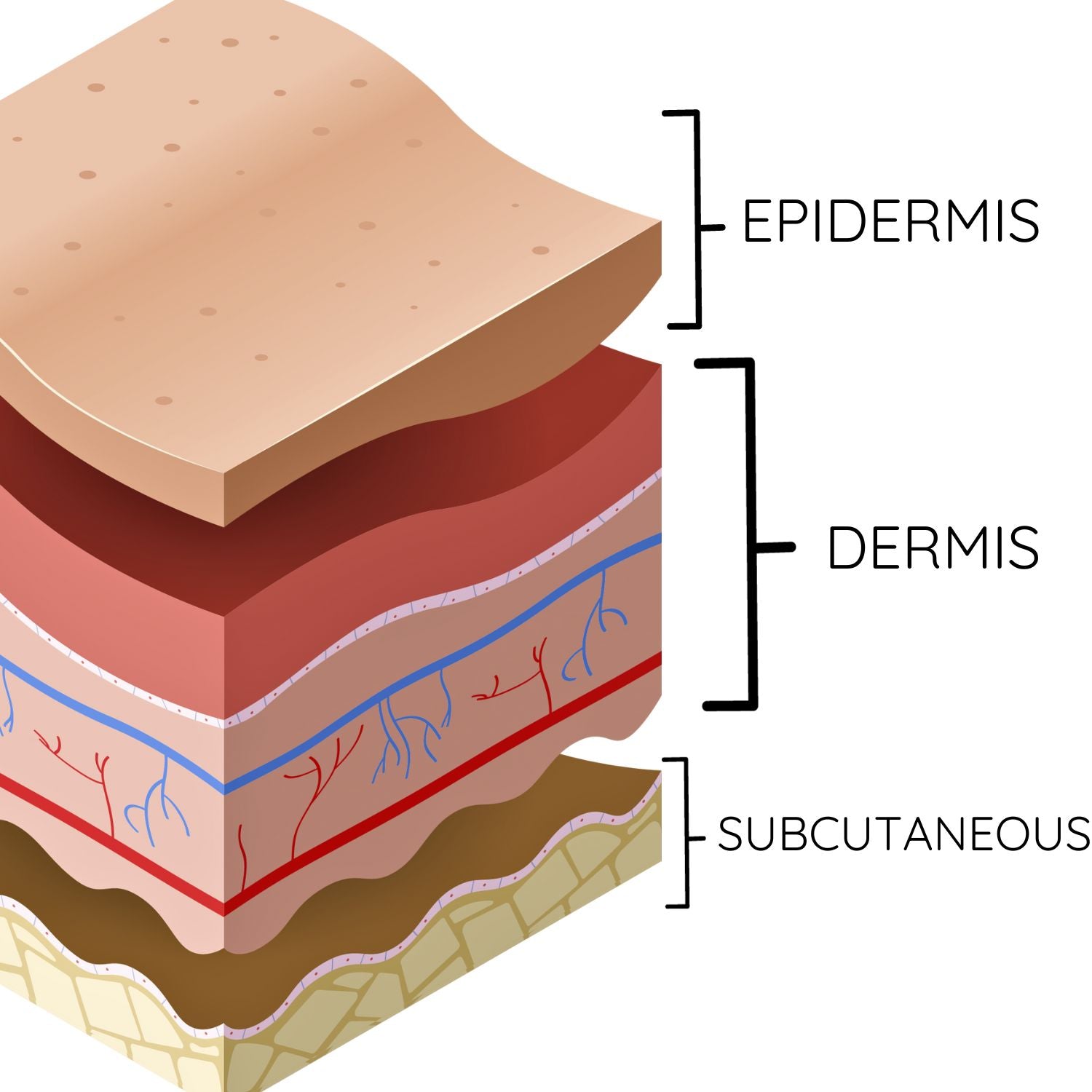
Cell Proliferation | Cell Division and Multiplication
All three layers of the skin (dermis, epidermis, and subcutaneous tissue) are constantly undergoing cell turnover, which means the older cells are being replaced by a process called mitosis (or cell division). This process is dynamic, the epidermis is constantly renewed by the production of new cells. Typically, from the time a cell undergoes mitosis to the time it is shed from the epidermal surface is roughly 30 days [1].
During mitosis, cells must make copies of the genetic material (or DNA) inside of the nucleus, so that when the cell divides there is an identical cell. ATP is critical for this process because it is a requirement to make the building blocks of DNA itself and is also a key component to the assembly of DNA [2]. Large amounts of ATP are needed to make the proteins and lipids that comprise the new cells. There is an energy requirement (i.e., ATP) by the cell during the cell division process. All of the structures within the cell (organelles) require energy input as it is critical for their functionality.
Maintenance of the Transdermal Barrier | Skin Protection
The skin is the largest organ in the human body. The epidermis plays key roles in the protection of the under-layers of skin, muscle, fat, and subsequent
circulatory system. Protection against harmful substances and microorganisms from entering the body is vital. Extracellular ATP plays a critical role in maintaining the epidermis [3]. If the epidermal layers are disturbed by a cut for example, there is a tremendous requirement for ATP. ATP is required for the rapid development of cells to fill in the wound area as well as a function as a signal for the stages of wound healing [4]. If this process does not occur rapidly, the damaged area could result in an infection and further damaged tissues.
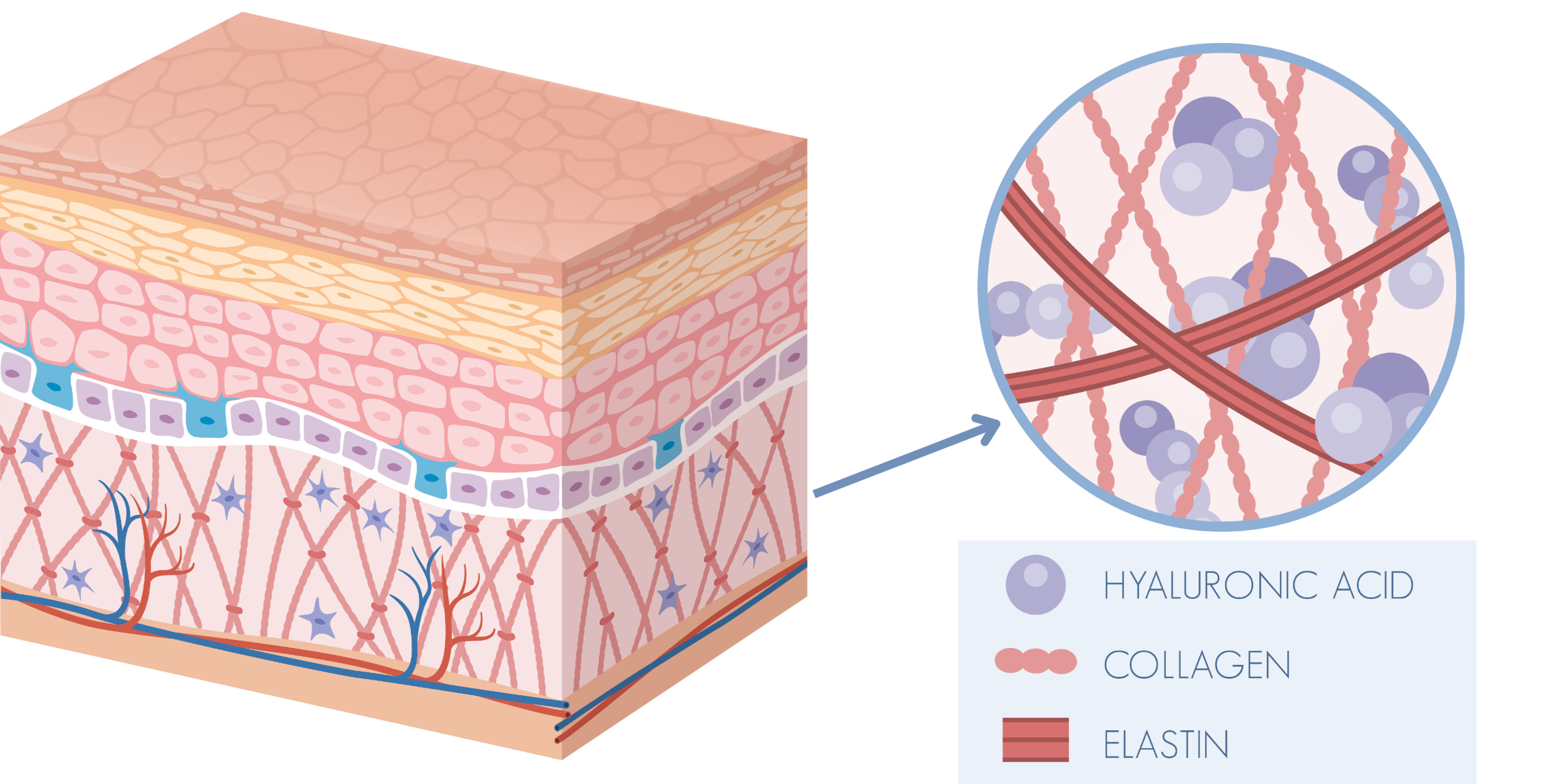
Before
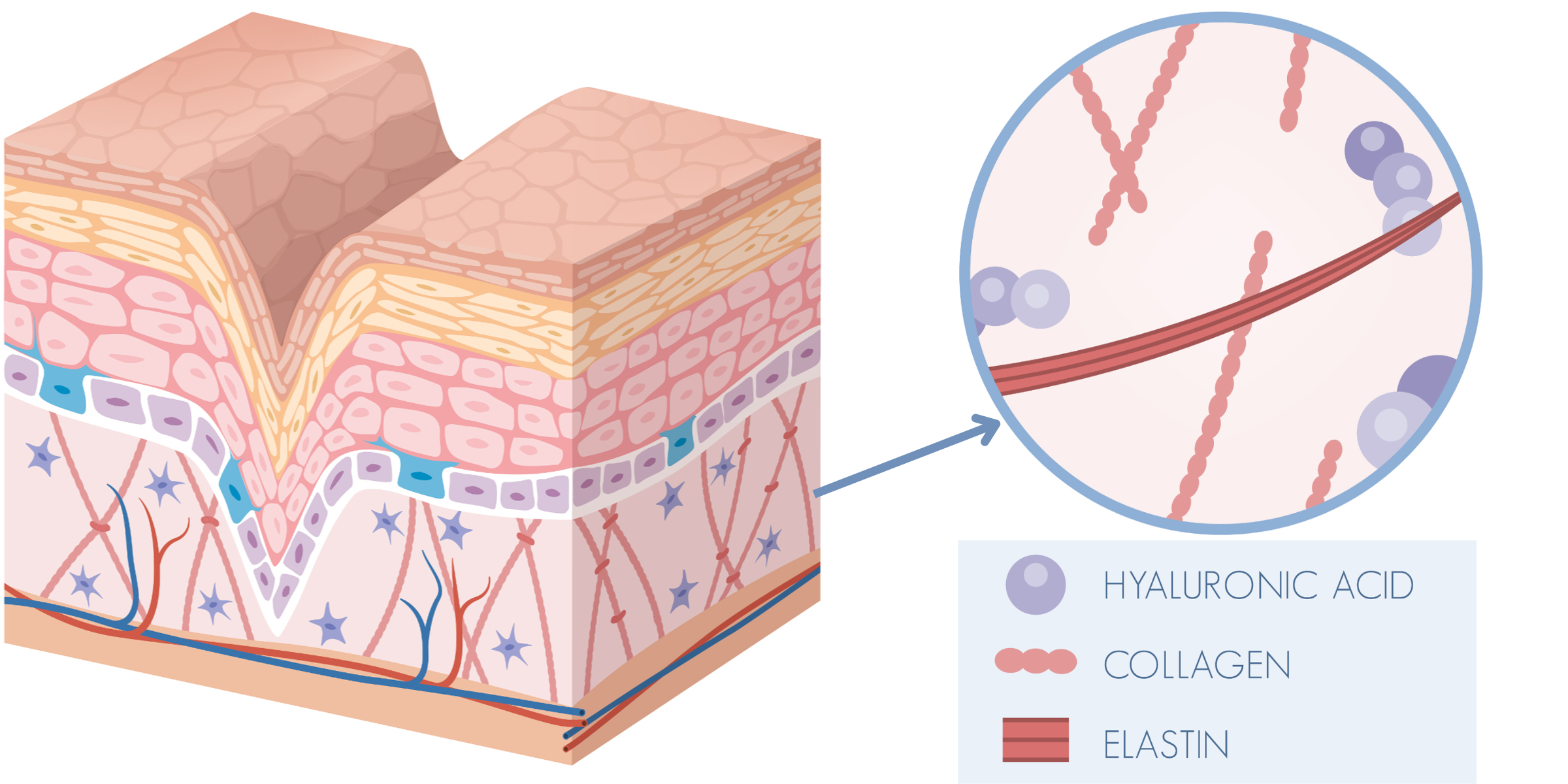
After
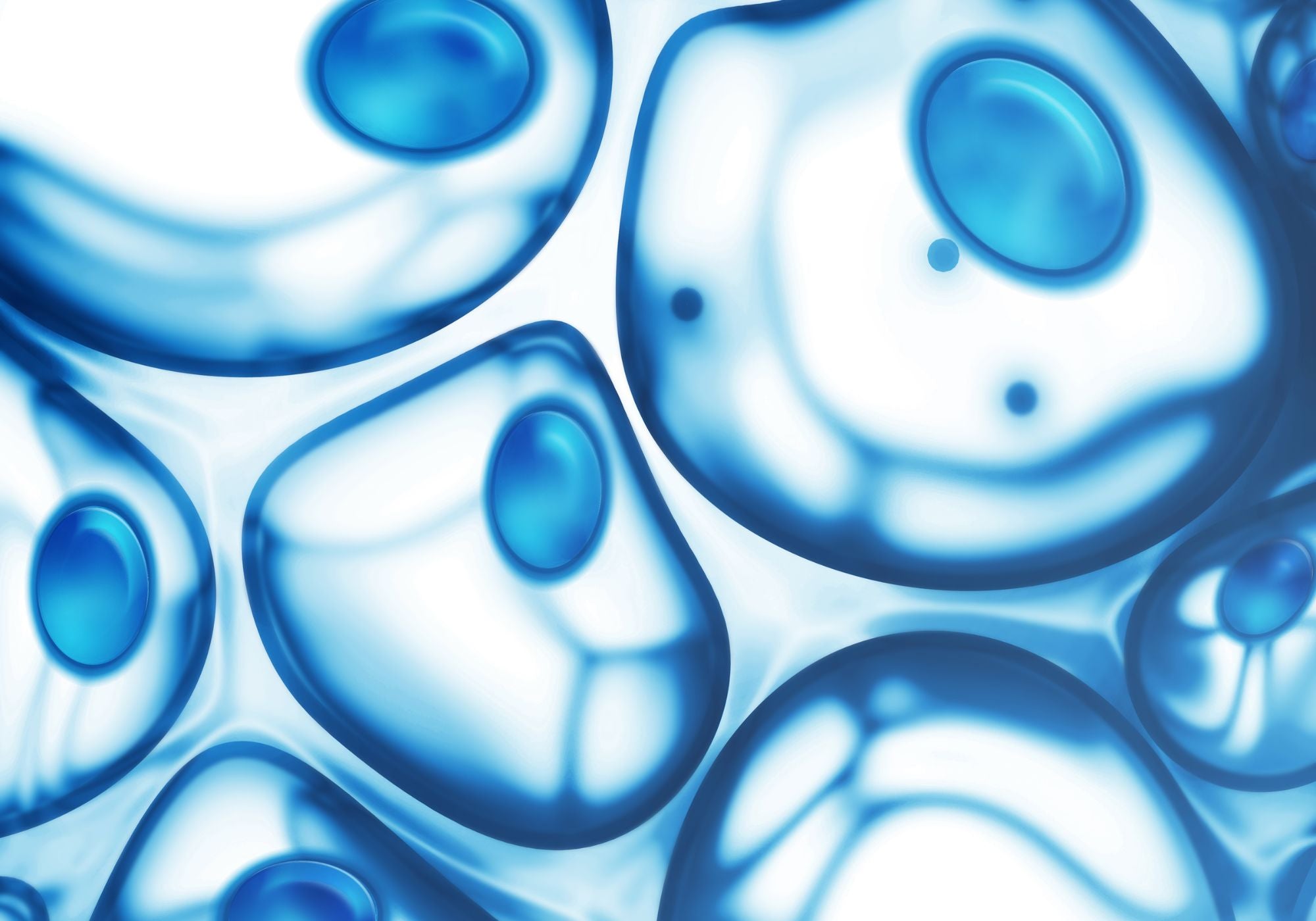
Cell Homeostasis | Equilibrium and Balance
All skin cells are constantly trying to maintain homeostasis (or an equilibrium), without a healthy balance, cells would die. An example would be a healthy balance of water content in a cell; too much water and the cell would swell and burst but too little and the cell becomes shriveled and dehydrated, both effect the cell’s functionality negatively.
Cells must be able to adapt to changes in their environment, otherwise they are susceptible to damage. Epidermal skin cells especially are under constant threats to homeostasis because of the near constant contact from multiple sources; physical damage, chemicals applied to the skin, air pollution [5], and UV damage. ATP is the central player in maintaining homeostasis [6], as it is used to maintain ion balance across cell membranes, produce proteins, lipids, carbohydrates, and nucleic acids to counteract damage from these exposures.
Cell Signaling | Cell Communication
Skin cells are constantly sending out messages to other cells to control structure and function. When the skin is damaged, skin cells burst open and ATP is released into the surrounding tissue. The extracellular ATP acts as a hormone and binds to neighboring cells resulting in production of cytokines, chemokines, and growth factors that start the healing process [7]. ATP also binds to nerve cells in the skin to help mediate the pain response from wounds [8]
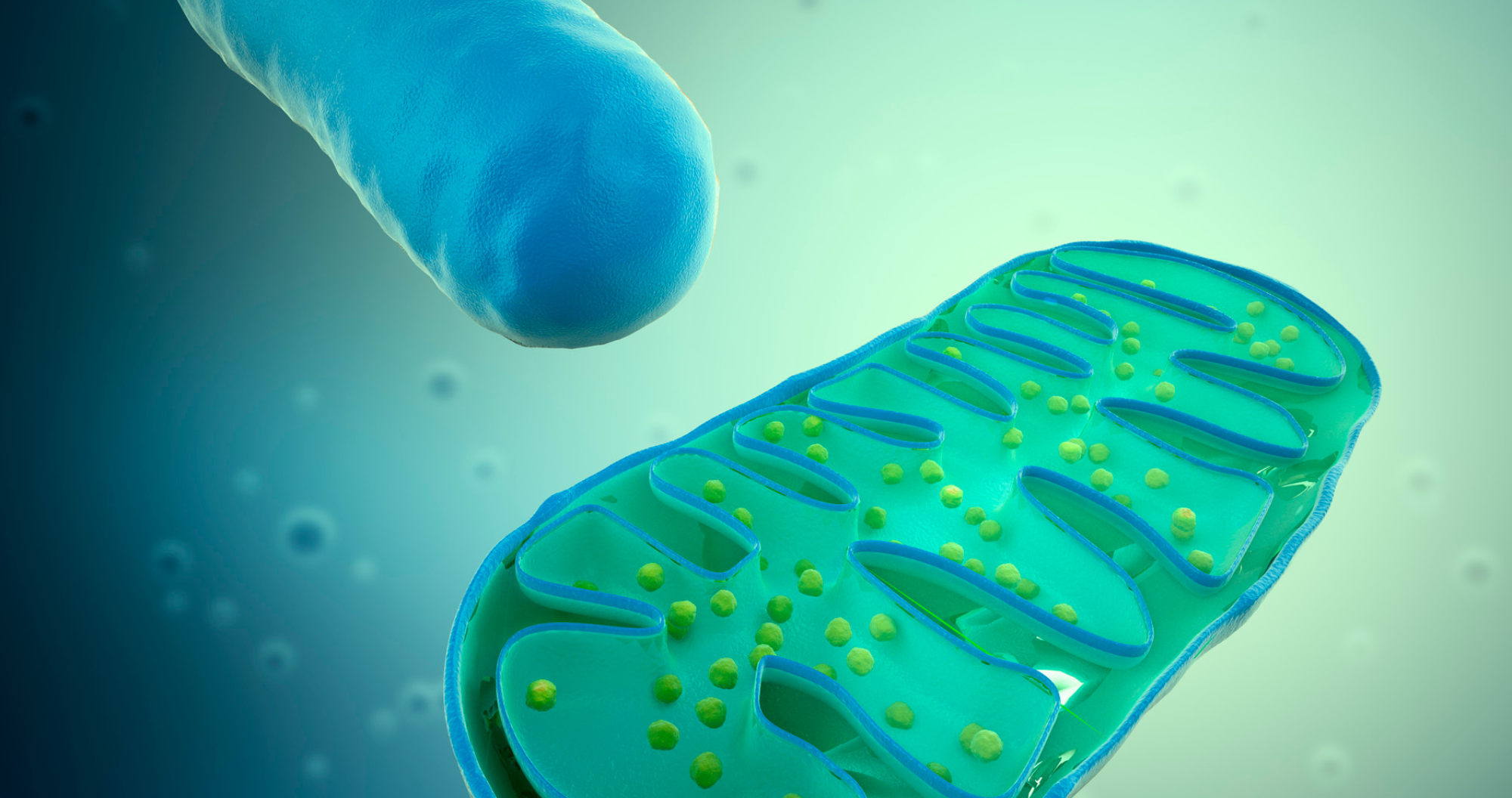
Oxygen Radical Formation and Reduction | ATP Production and Antioxidant Effects
Skin cells use oxidative phosphorylation to produce large quantities of ATP. However, the production of ATP by this mechanism results in the production of an oxygen radical. In healthy skin, the oxygen radical is captured by antioxidants, but in unhealthy or aged skin the ability to capture the radicals is reduced and damage to cells occurs. This damage can lead to sagging, brittle skin [11].
Applying ATP topically provides two-fold benefits; 1) ATPv reduces the reliance on cellular production of ATP and 2) ATPv reduces cell production of harmful oxygen radicals.
References

